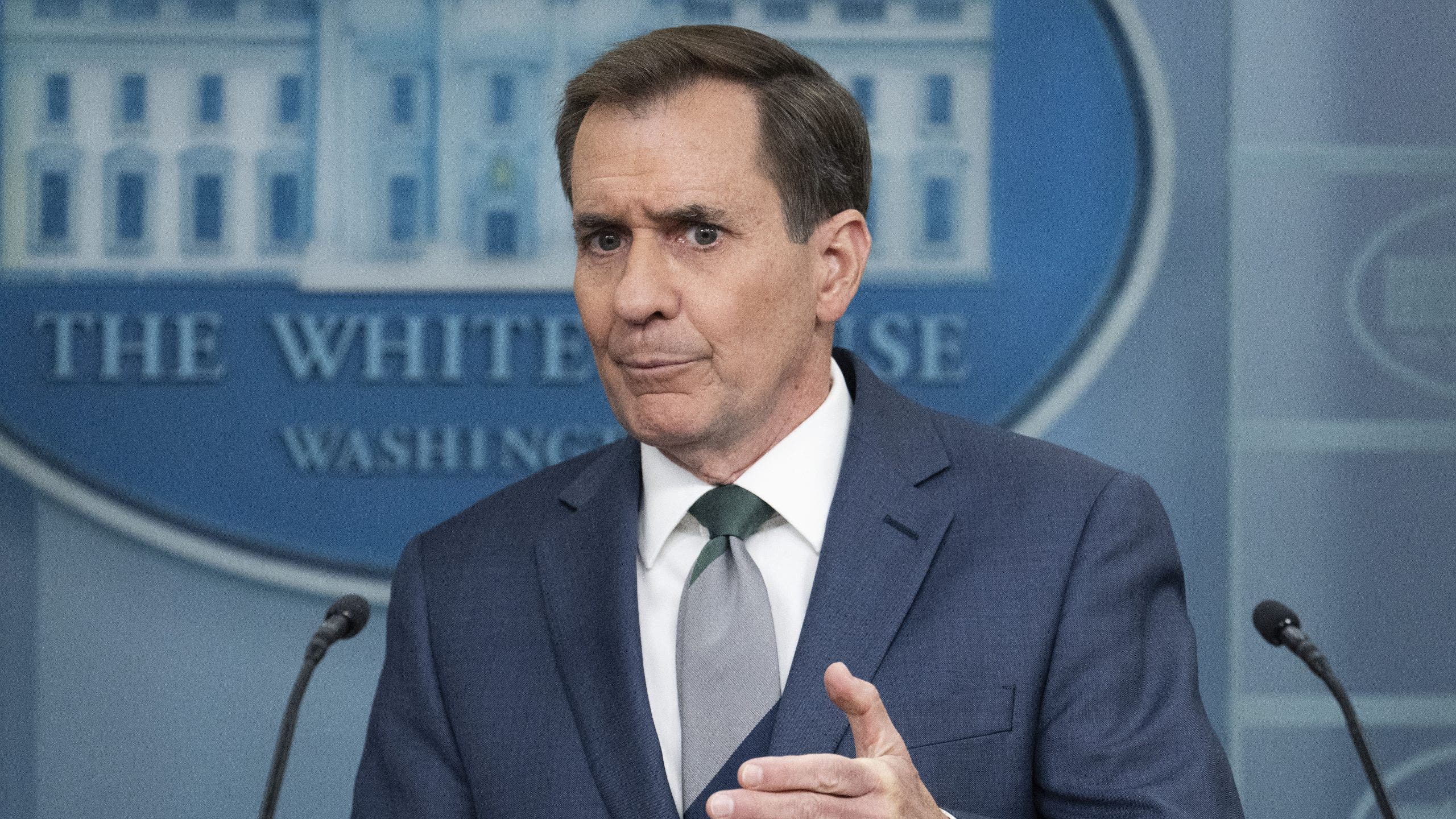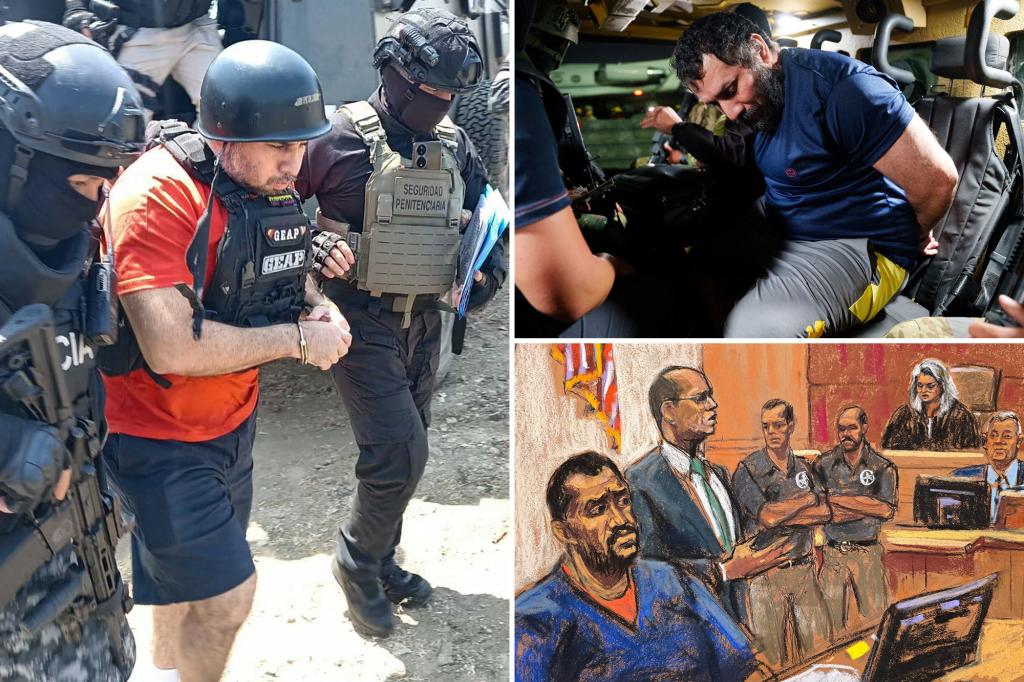Unmasking the Skies: What New Jersey’s Drone Sightings Really Are
In recent months, reports of mysterious drone sightings over New Jersey have captured the public’s attention, leading to a mix of fascination, concern, and curiosity. These sightings, often described as “unexplained” or “suspicious,” have raised alarm bells among residents, local authorities, and aviation experts alike. However, a surprising revelation from the White House has shed new light on the situation, suggesting that many of these sightings are, in fact, not drones at all, but rather legally operated manned aircraft. This disclosure has prompted further questions about airspace safety, regulatory oversight, and the broader implications of increasing air traffic in densely populated regions.
The Rise of Drone Sightings in New Jersey
Drone sightings in New Jersey have been reported across various counties, with many of these incidents taking place in rural and suburban areas. Eyewitness accounts describe drones flying at high altitudes, maneuvering in erratic patterns, and even hovering for extended periods of time. The mysterious nature of these sightings has sparked public interest, with social media platforms becoming hotspots for sharing videos, photographs, and theories about the identity of the “unknown” aircraft.
For months, the state’s residents were left to wonder if these flying objects were part of a coordinated campaign of surveillance or if they were the result of illicit drone activity. The concern peaked when several reports suggested that drones were involved in potentially dangerous near-miss incidents with commercial and private aircraft, leading to heightened fears about airspace safety.
The White House’s Revelation: Not All Sightings Are Drones
In a recent statement, officials from the White House clarified that many of the sightings in New Jersey were not drones at all. Instead, they were legally operated manned aircraft, often associated with military, government, or commercial operations. These aircraft, which are typically equipped with advanced flight technology, can sometimes be mistaken for drones due to their small size, high altitude, and ability to perform complex maneuvers.
This revelation has shifted the narrative around the drone sightings. What many had presumed were rogue drones or foreign surveillance devices turned out to be part of routine, lawful operations. This clarification has raised important questions about how such aircraft are managed within the broader context of air traffic regulation, safety protocols, and public perception of aerial activity.
The Complexity of Airspace Regulation
The unmasking of these drone sightings highlights the challenges of regulating airspace in densely populated and highly trafficked regions like New Jersey. The Federal Aviation Administration (FAA) and other governing bodies have long struggled to maintain a delicate balance between promoting aviation innovation and ensuring public safety. As drone technology becomes more advanced and unmanned aerial vehicles (UAVs) become increasingly commonplace, the lines between manned and unmanned aircraft are becoming increasingly blurry.
- Commercial Drones: Commercial drone operations are becoming more prevalent, especially in industries like real estate, agriculture, and logistics. Drones are used for tasks such as aerial photography, crop monitoring, and package delivery, which can lead to confusion when sightings occur.
- Military Aircraft: The U.S. military often conducts training flights and reconnaissance missions that can involve small aircraft or drones. These operations may not always be publicized, contributing to mystery when unidentifiable aircraft appear in the skies.
- Government and Law Enforcement Aircraft: Local, state, and federal agencies frequently operate aircraft for surveillance, emergency response, or law enforcement activities. These aircraft may be mistaken for drones, especially if seen from a distance or at night.
As technology continues to evolve, the FAA and other aviation authorities face significant challenges in regulating both manned and unmanned aircraft. One of the main issues is ensuring that airspace is shared safely between commercial, private, and military aircraft, all while minimizing the risk of collisions. Additionally, local authorities may have limited visibility or control over the presence of unmanned systems, which complicates enforcement and communication efforts.
The Role of Technology in Identifying Aircraft
The role of technology in identifying aircraft has become increasingly important in the face of growing air traffic. Radar, satellite imaging, and other advanced technologies have been deployed to track aircraft in real-time. However, while these tools are invaluable for monitoring larger aircraft, smaller unmanned systems (like drones) can often go undetected or appear as a “blip” on a radar screen.
Innovations such as remote identification (Remote ID) technology, which allows drones to transmit location and identification information to authorities, are helping address these challenges. However, this technology is still in the process of being rolled out, and many smaller drones do not yet comply with these requirements. As a result, drone sightings can sometimes go unverified, leading to uncertainty about their true nature.
Public Perception and Trust in Airspace Safety
One of the most significant consequences of the recent drone sightings in New Jersey is the impact on public perception of airspace safety. When residents and witnesses report seeing “drones,” their concerns often revolve around potential security threats, surveillance, or even terrorism. These perceptions can be heightened by media coverage and viral social media posts, which often sensationalize the unknown elements of aerial sightings.
In reality, the vast majority of drone operations are legal and regulated. However, the increasing frequency of drone sightings and the ambiguity surrounding their origins can lead to a breakdown in public trust. The public’s perception of drones as invasive or dangerous can be exacerbated by incidents where drones are misidentified, or their operators are unaccountable.
Broader Implications for Aviation Safety
The confusion surrounding drone sightings in New Jersey underscores a broader issue in aviation safety: the need for clearer communication and more stringent regulations as the skies become more crowded. The FAA and other aviation authorities have acknowledged the challenges posed by increased drone use, including the need for comprehensive air traffic management systems that can safely integrate drones into commercial and military airspace.
As drone technology continues to advance and more people take to the skies with UAVs, a key question remains: how will we regulate and monitor these aircraft in a way that maintains the safety of the broader aviation ecosystem? The New Jersey incident highlights the necessity of improving technological infrastructure, strengthening communication protocols between authorities, and fostering greater public awareness and understanding of drone operations.
Conclusion: Towards a Safer Skies
The revelation that many of the “drone” sightings in New Jersey were, in fact, manned aircraft offers a critical lesson in the complexities of modern aviation. While the confusion may have initially sparked fear and curiosity, it has also opened a dialogue about airspace safety, regulatory frameworks, and the evolving role of drones in our skies. As the technology advances, it is crucial that authorities and the public remain vigilant, informed, and adaptable to the changes that are shaping the future of aviation.
Moving forward, clearer guidelines and improved technology can help demystify these sightings and improve the overall safety of our skies. Enhanced communication, better identification systems, and comprehensive regulatory frameworks will play a vital role in maintaining airspace security as both manned and unmanned aircraft become increasingly commonplace.
For more information on drone regulations and aviation safety, visit the FAA’s official website.
See more CNET 247



